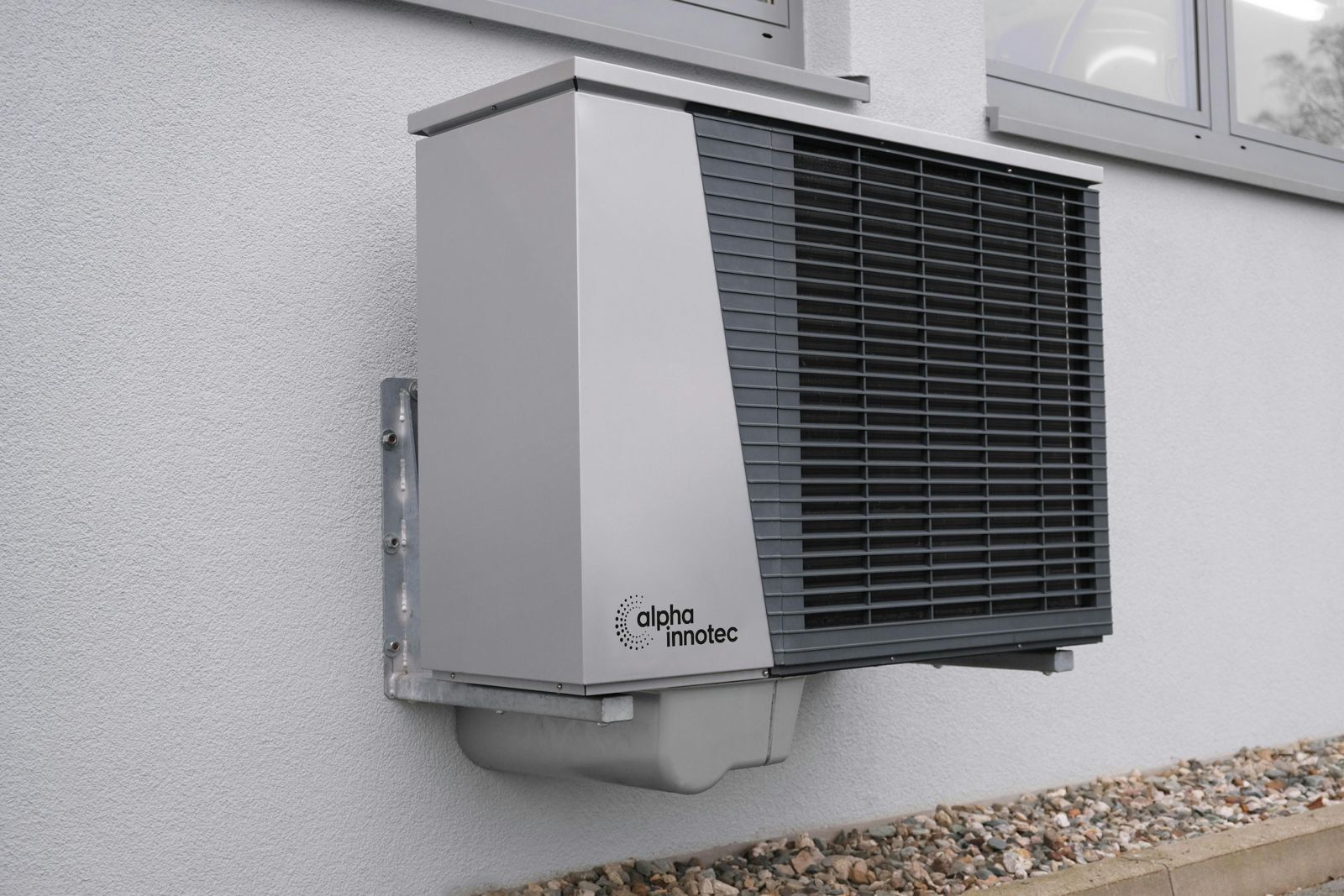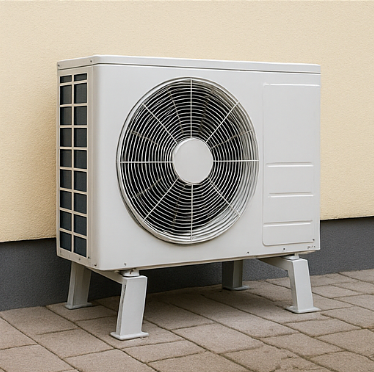How Air Source Heat Pumps Work: Understanding the Refrigeration Process
Air source heat pumps (ASHPs) are becoming increasingly popular as an energy-efficient heating and cooling solution for homes and businesses. At the heart of these systems lies a fascinating process known as the refrigeration cycle. Understanding this cycle is key to appreciating how ASHPs can effectively transfer heat from the outside air to your indoor space, even in colder temperatures.
The Four Stages of the Refrigeration Cycle
The refrigeration cycle in an air source heat pump consists of four main stages:
Evaporation
The cycle begins in the ASHP's outdoor unit. Here, liquid refrigerant absorbs heat from the outside air and evaporates into a gas. This process occurs even when outdoor temperatures are low, as the refrigerant has a very low boiling point.
Compression
The gaseous refrigerant then enters the compressor. This component increases the gas's pressure, which in turn raises its temperature significantly. The result is a hot, high-pressure gas.
Condensation
The hot gas moves to the indoor unit of the ASHP, where it passes through a condenser. As it condenses back into a liquid, it releases its heat. This heat is then distributed throughout your home via air or water systems.
Expansion
Finally, the liquid refrigerant passes through an expansion valve. This device lowers the refrigerant's pressure, cooling it rapidly and preparing it to begin the cycle again.
Efficiency and Performance
The efficiency of an air source heat pump is measured by its Coefficient of Performance (COP). This value represents the ratio of heat output to electricity input. Modern ASHPs can achieve COPs of 3 or higher, producing three units of heat energy for every unit of electrical energy consumed.
Reversing the Cycle for Cooling
One key advantage of air source heat pumps is their ability to provide heating and cooling. Using a reversing valve, the refrigeration cycle can be switched, allowing the system to remove heat from your home in summer and release it outside.
Understanding the refrigeration cycle helps explain how air source heat pumps can heat and cool your home efficiently. By harnessing the principles of thermodynamics, these systems offer a sustainable and cost-effective alternative to traditional heating and cooling methods.












